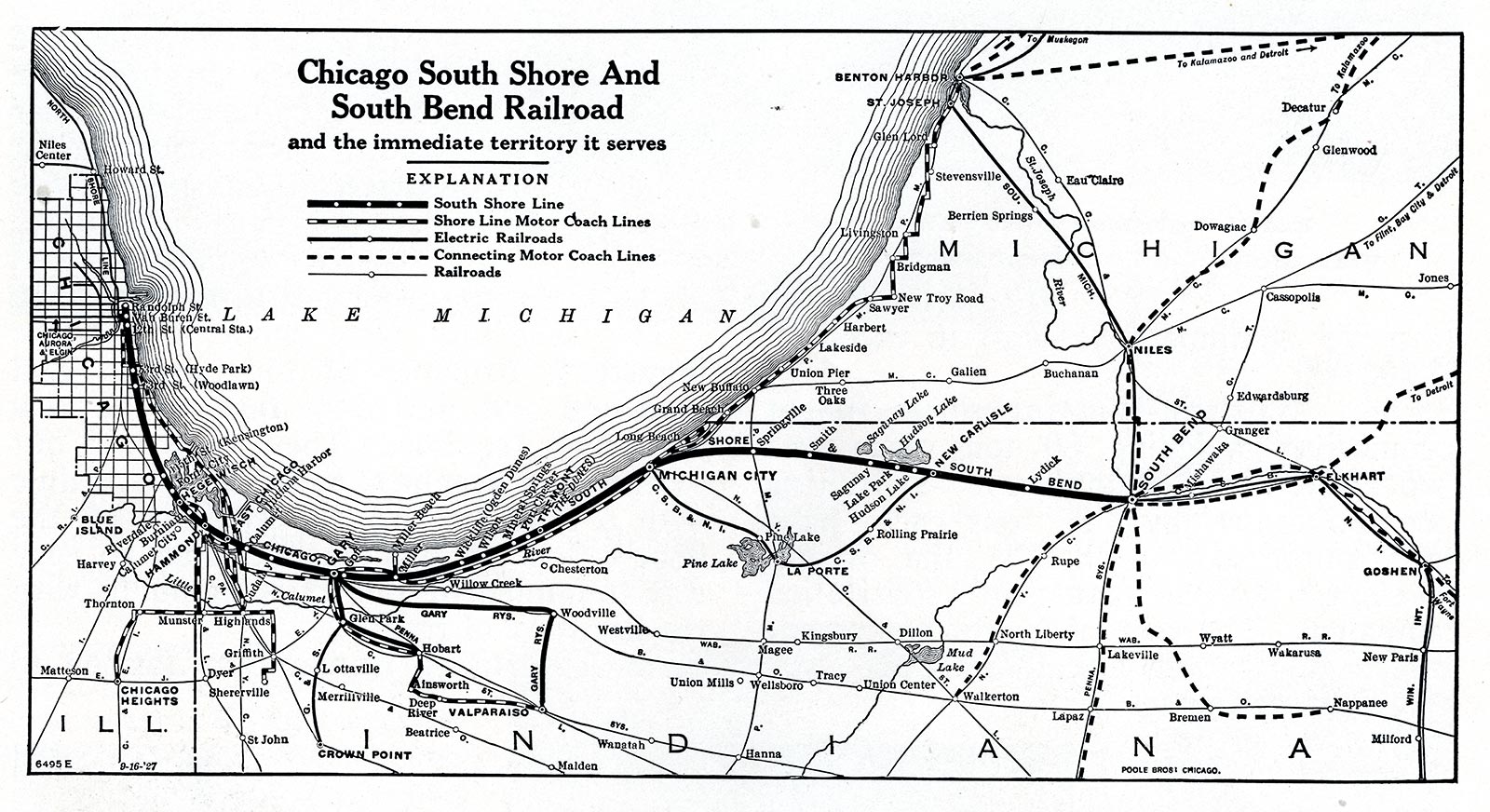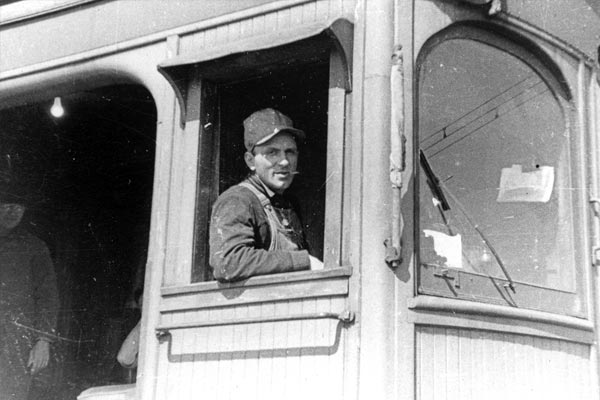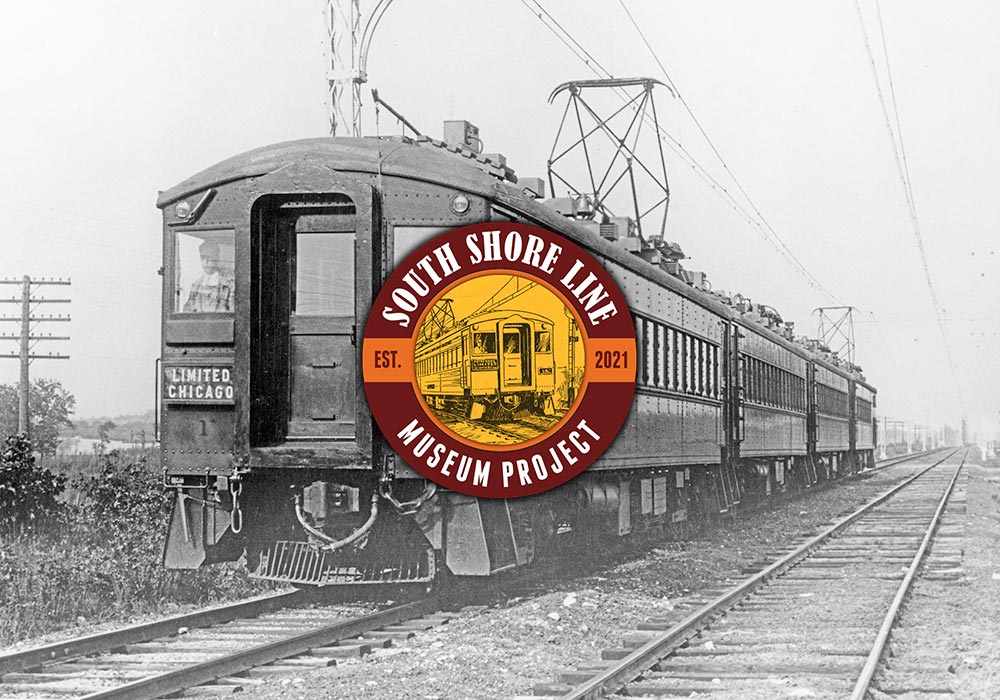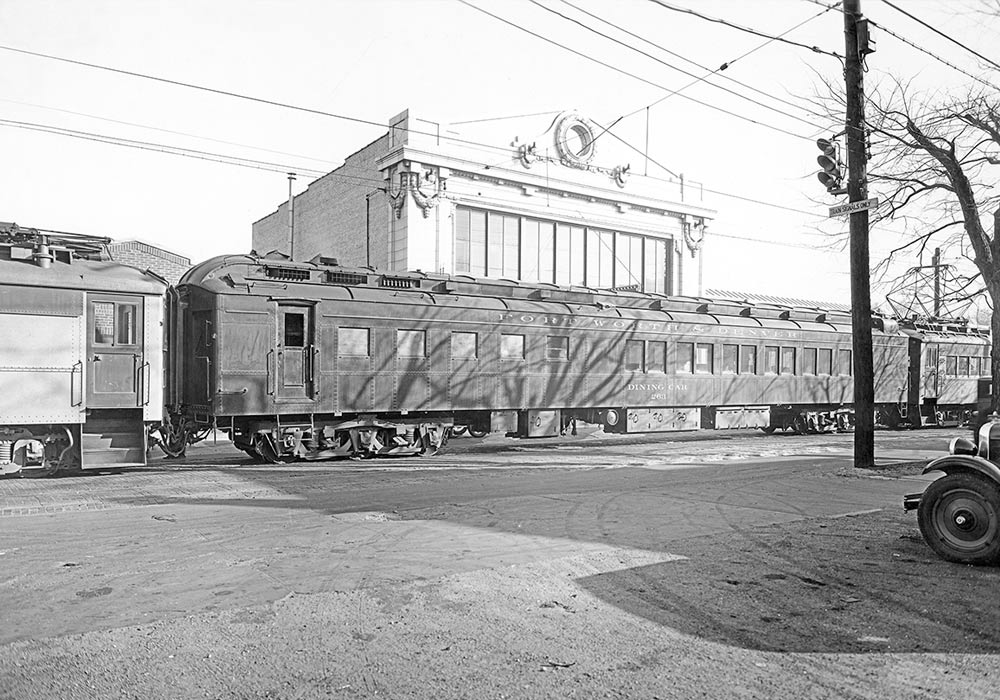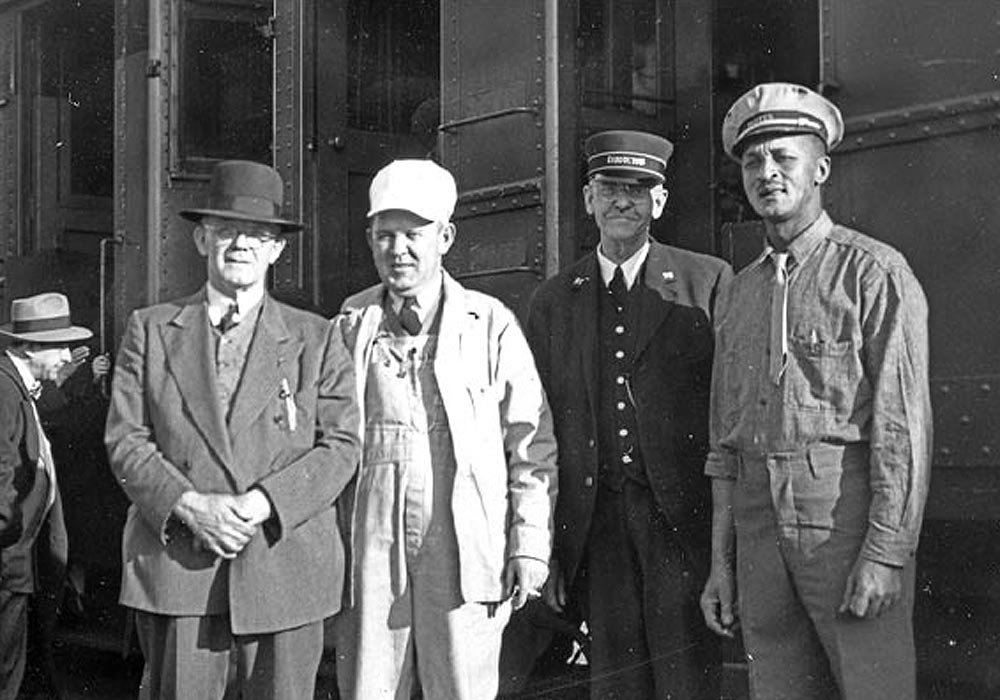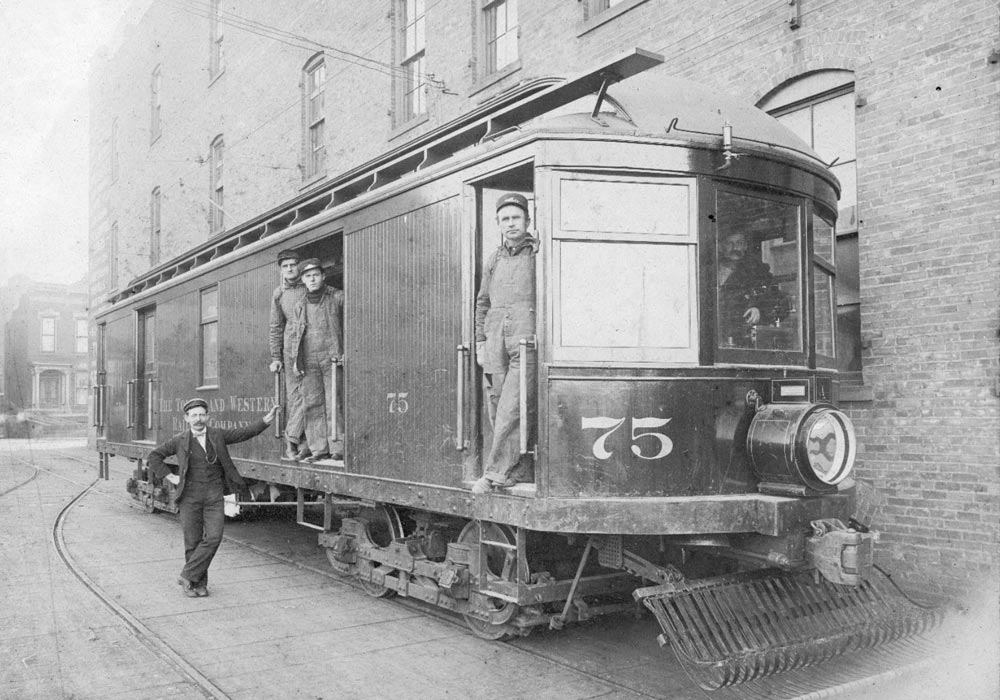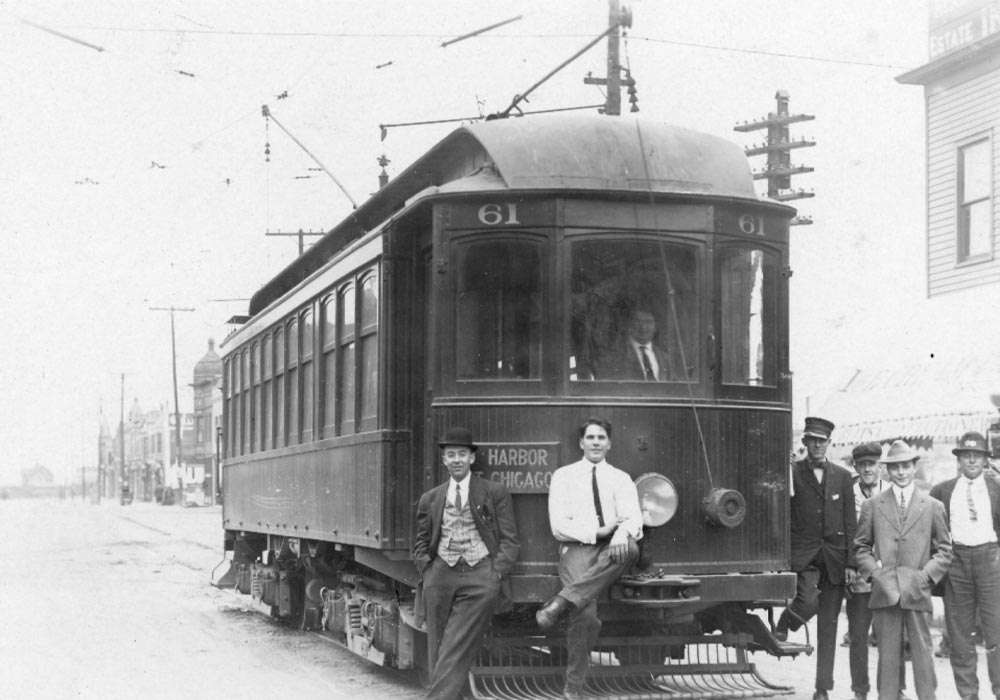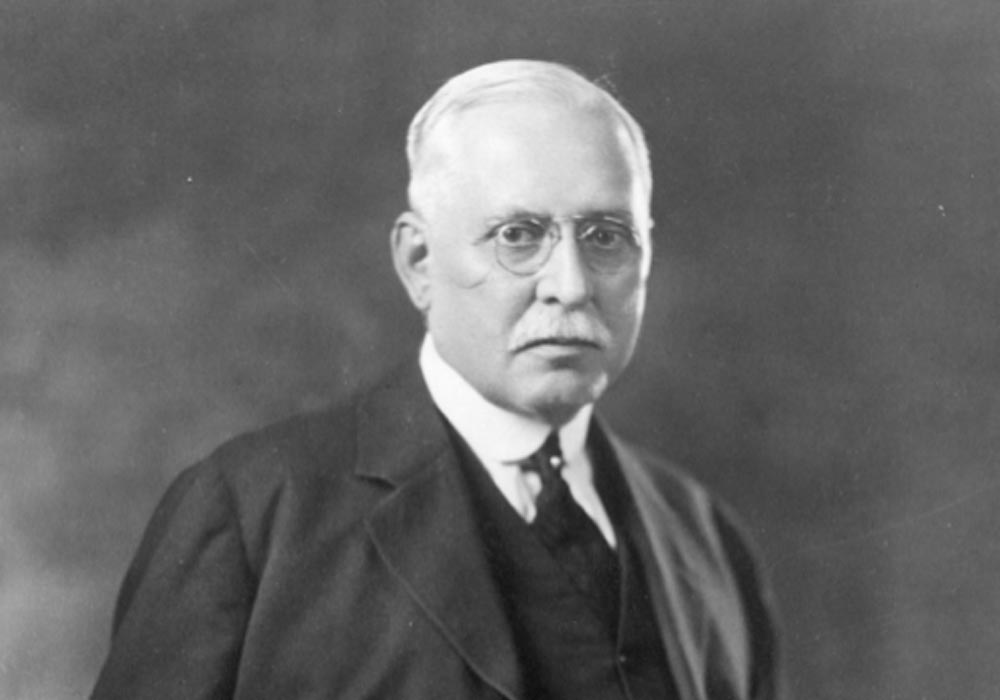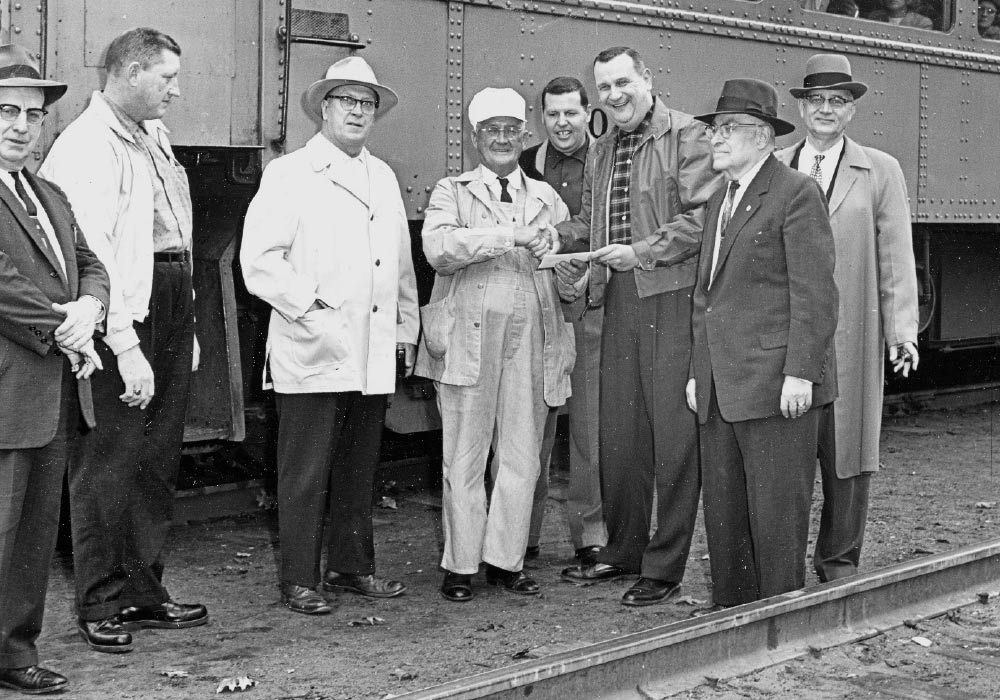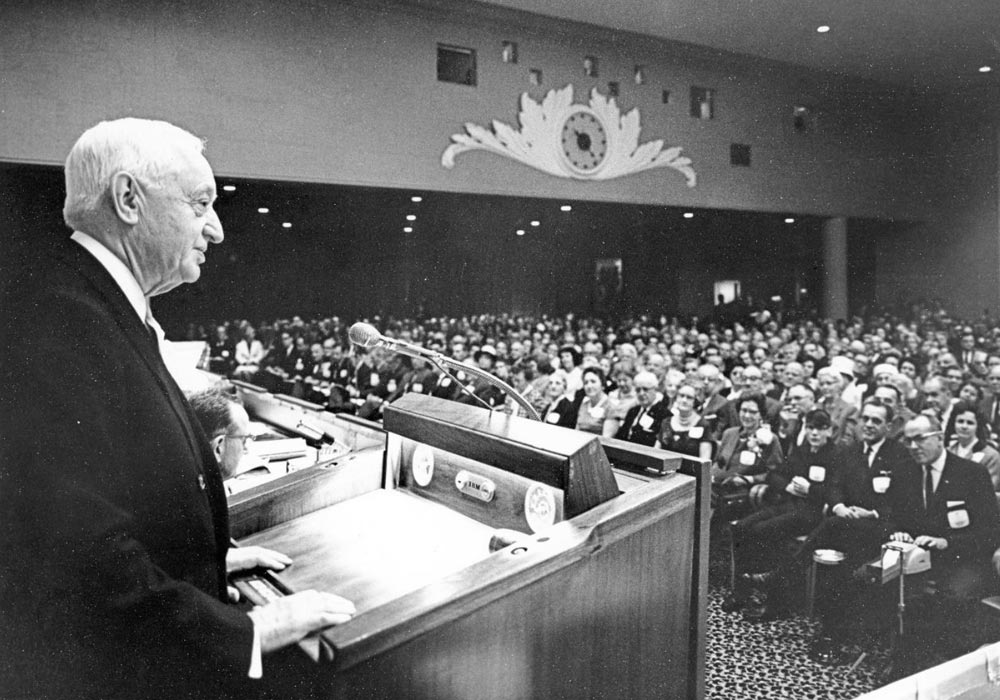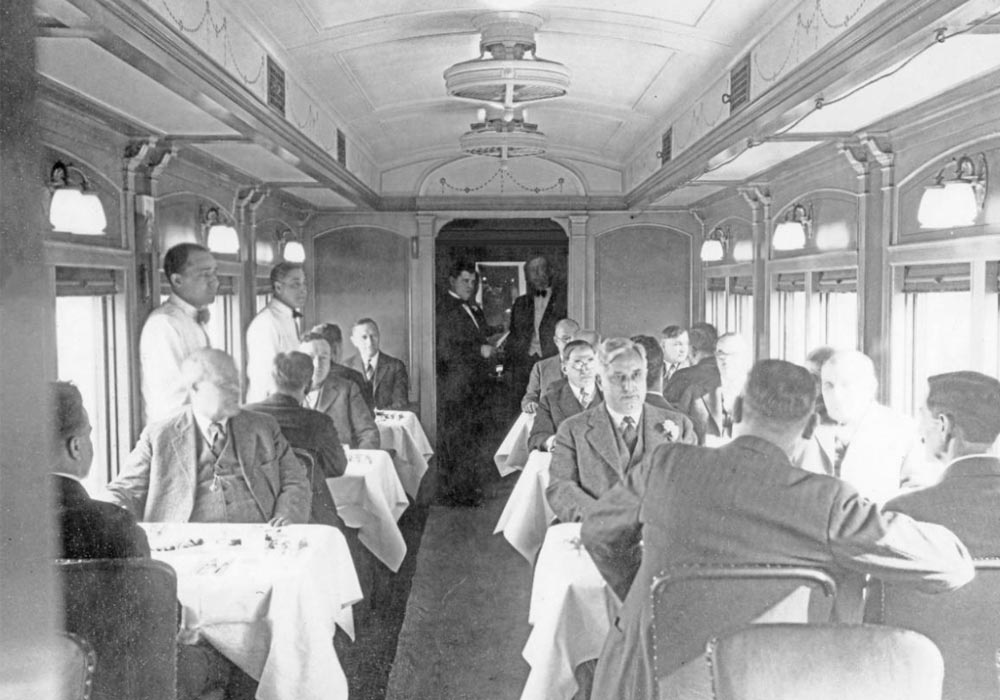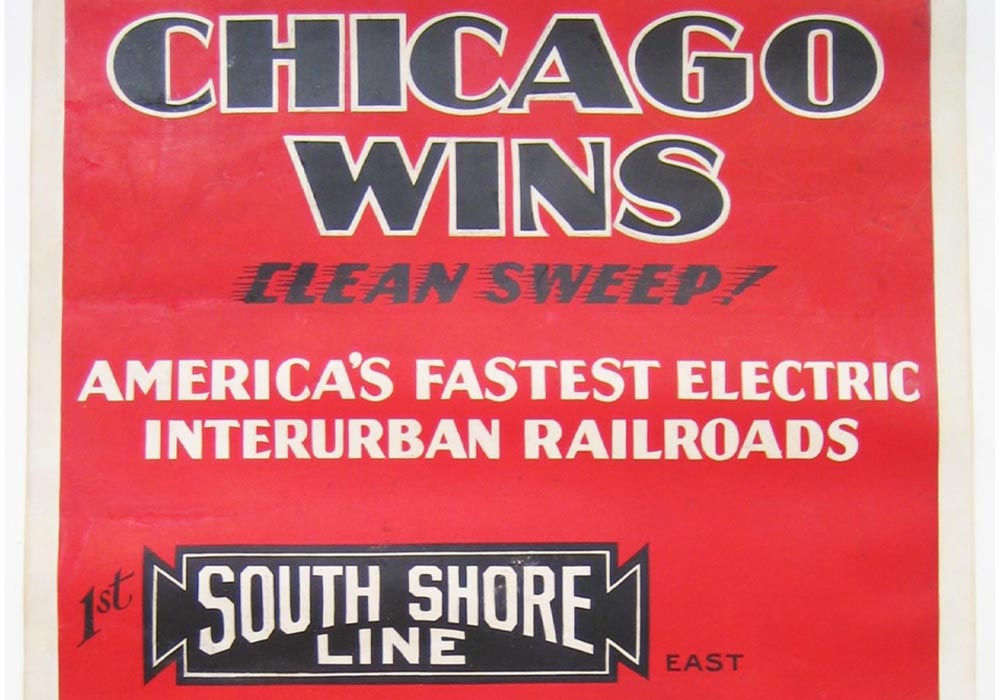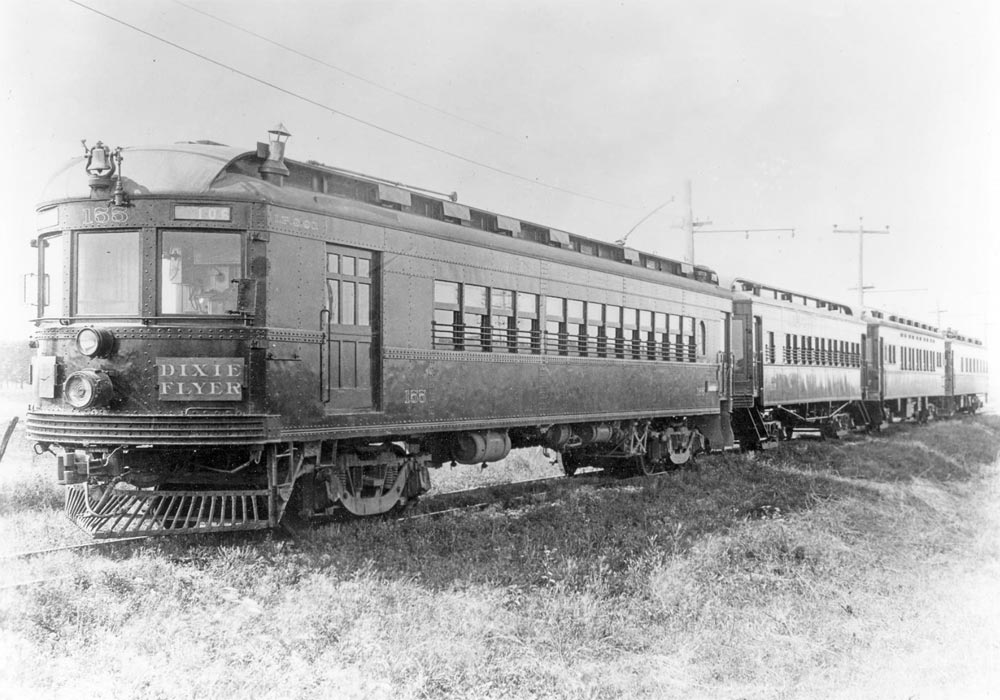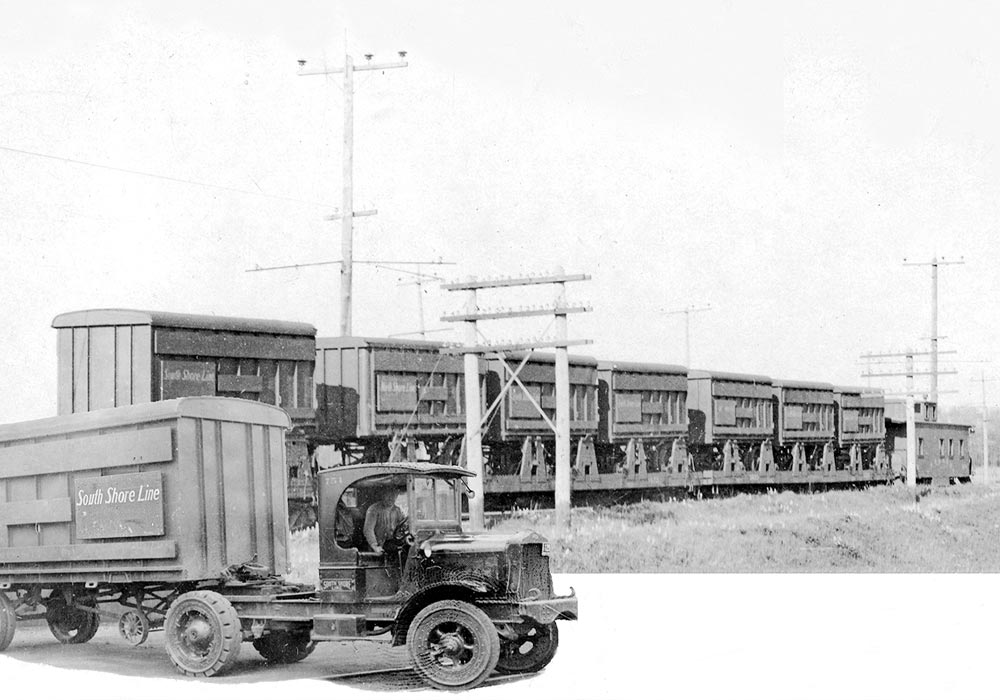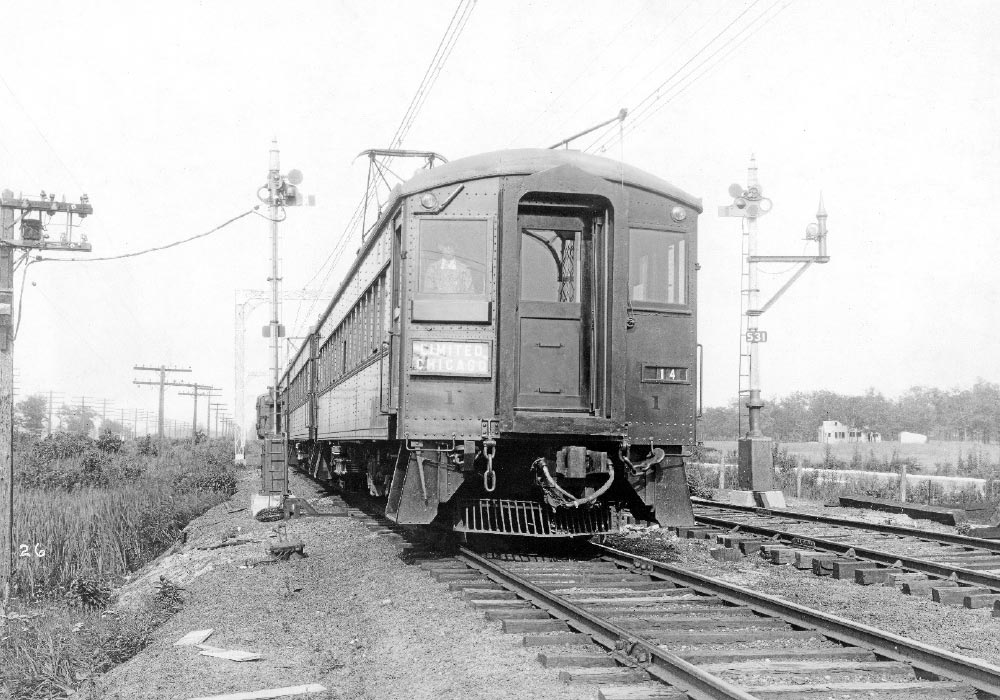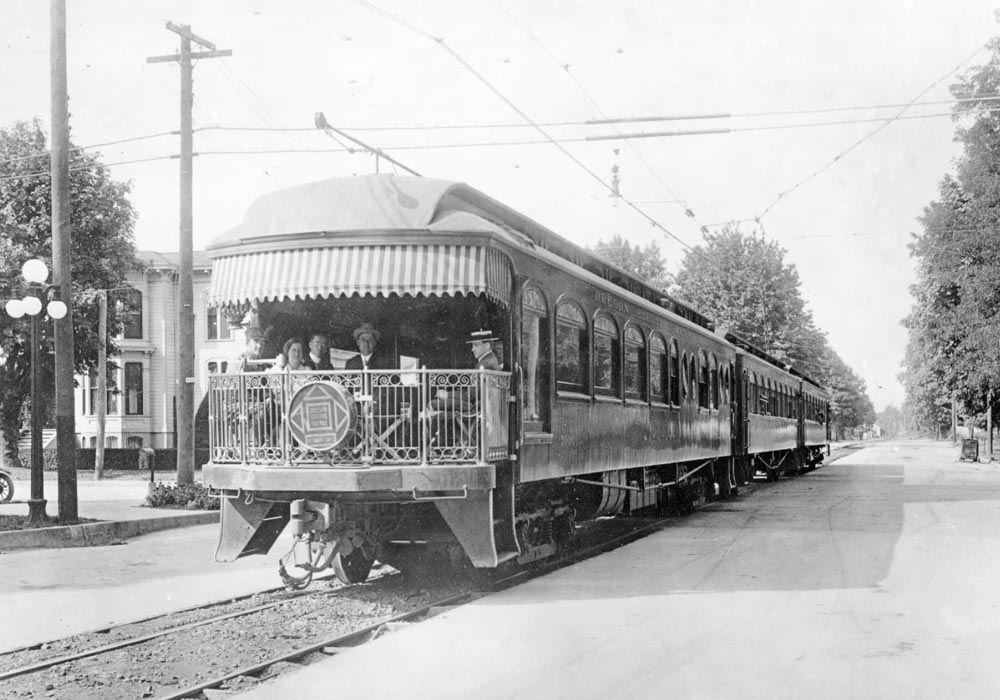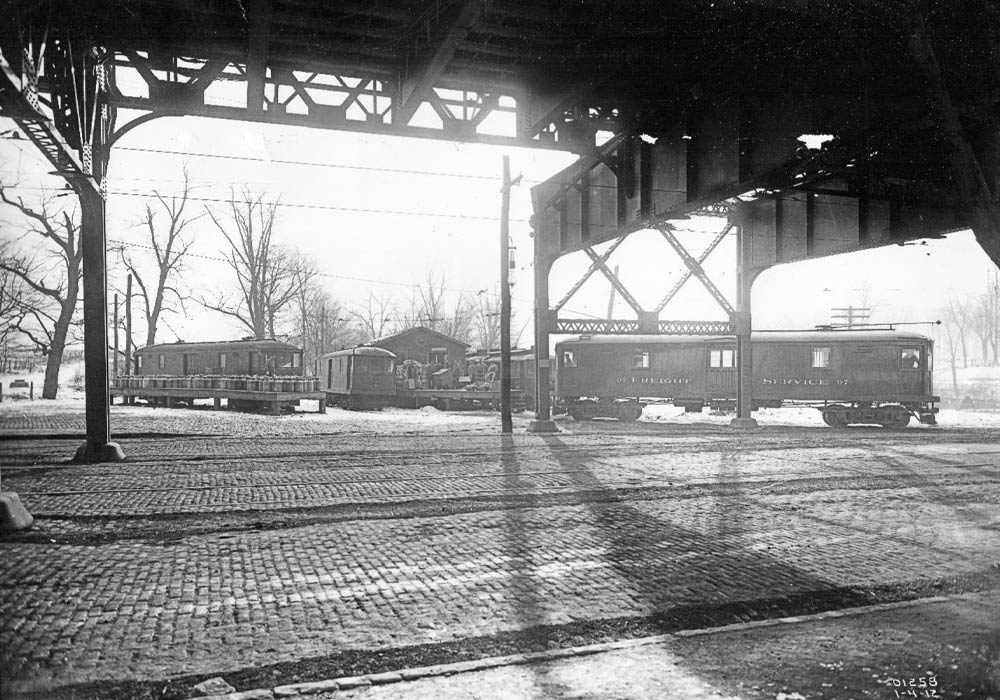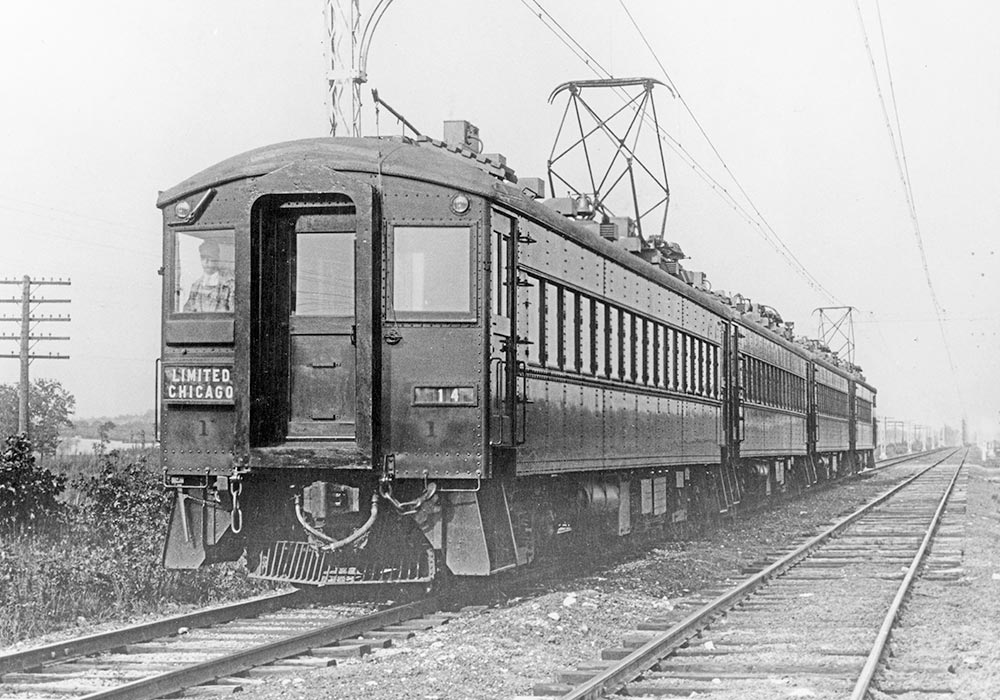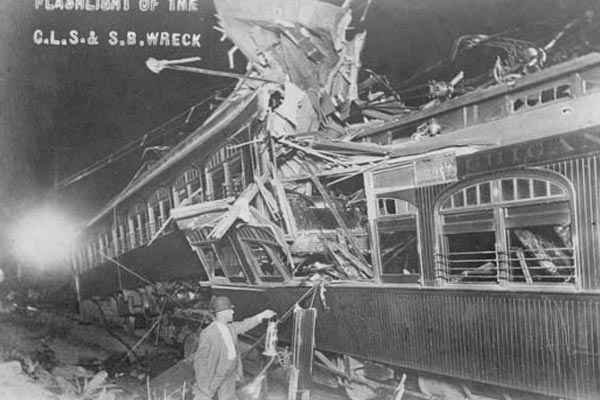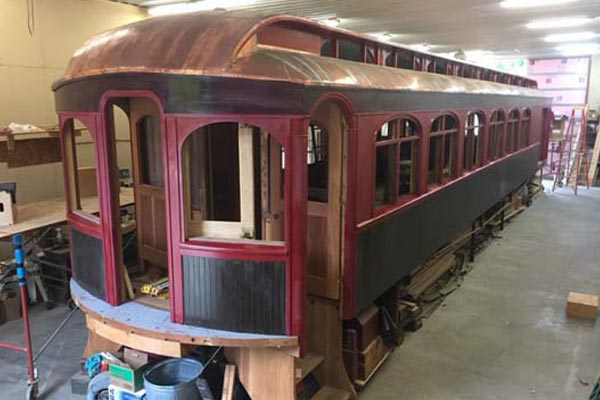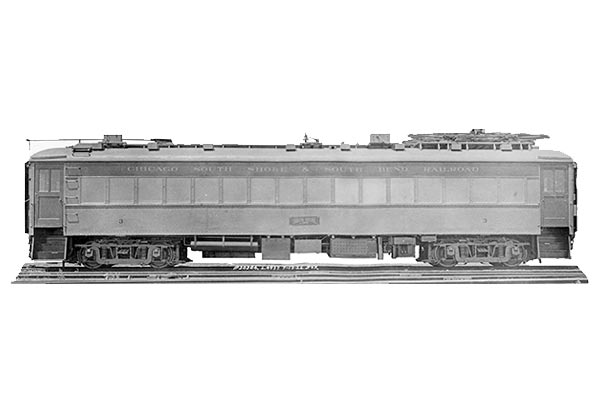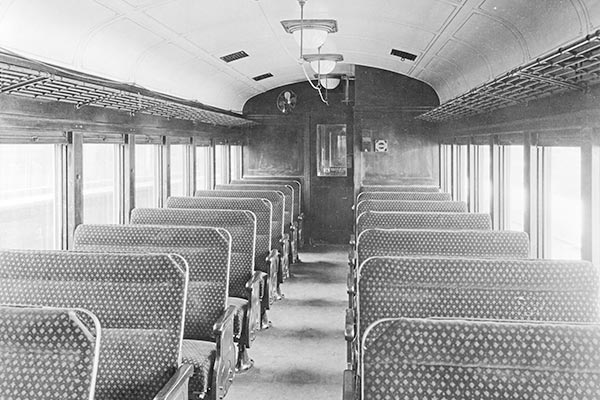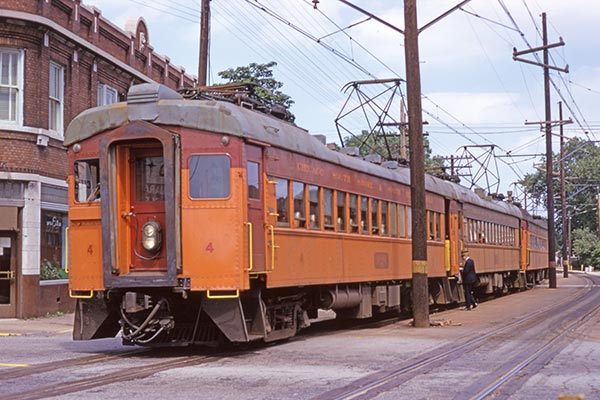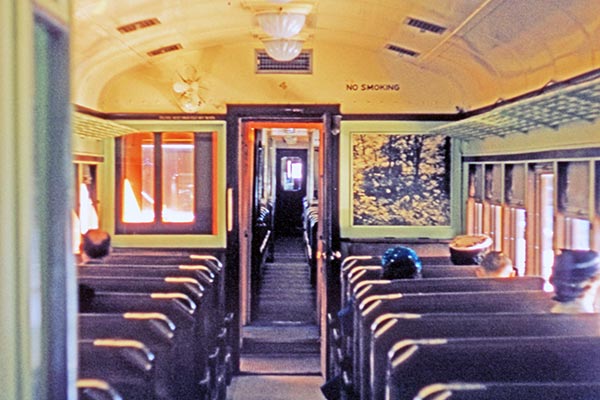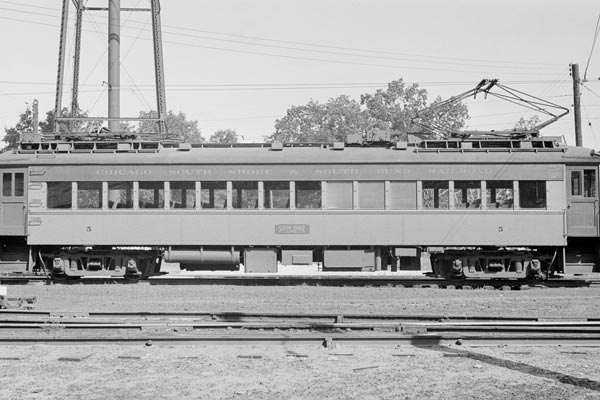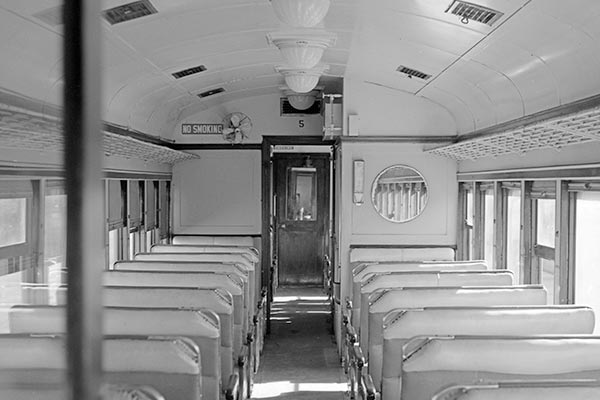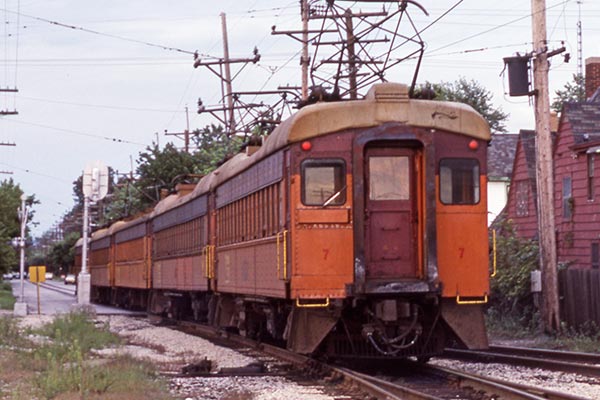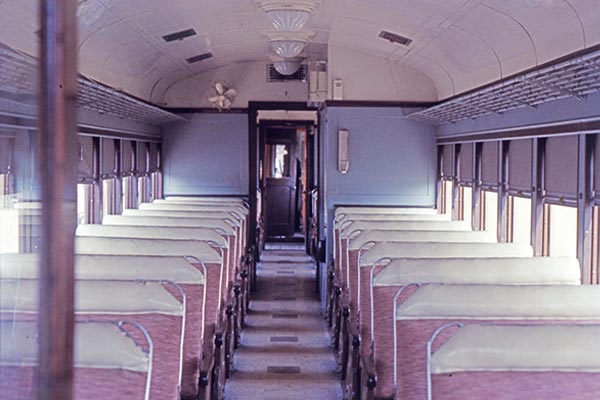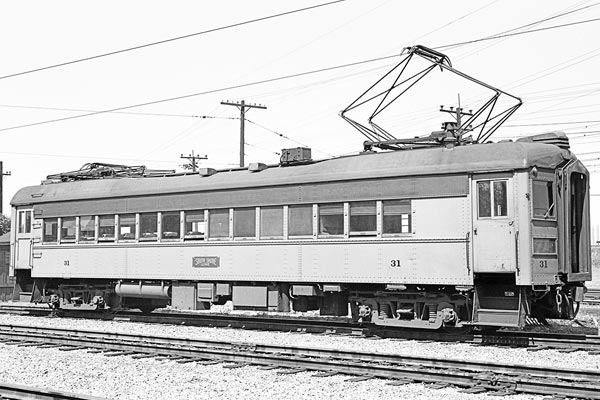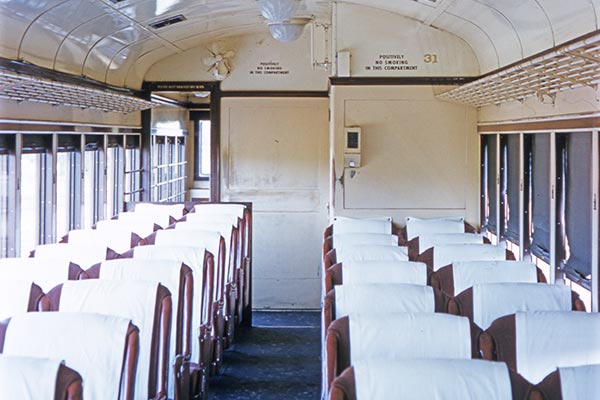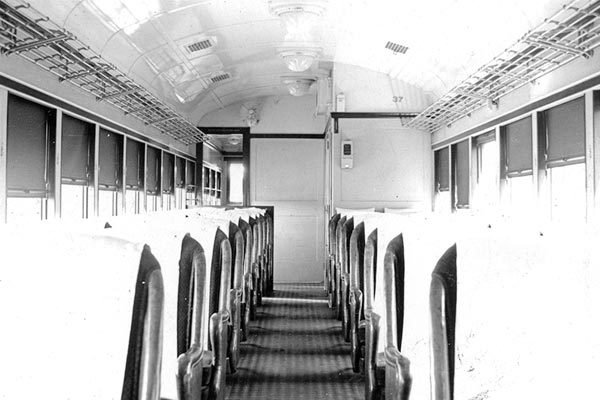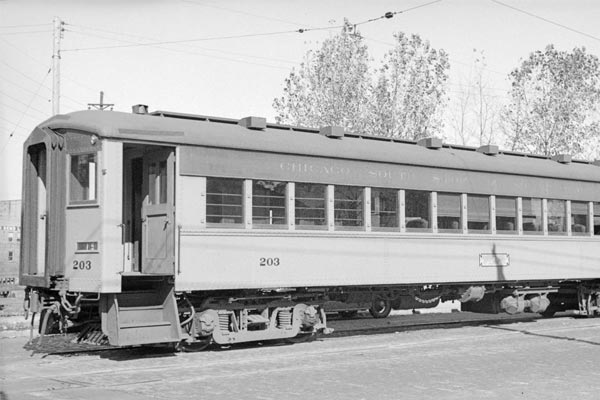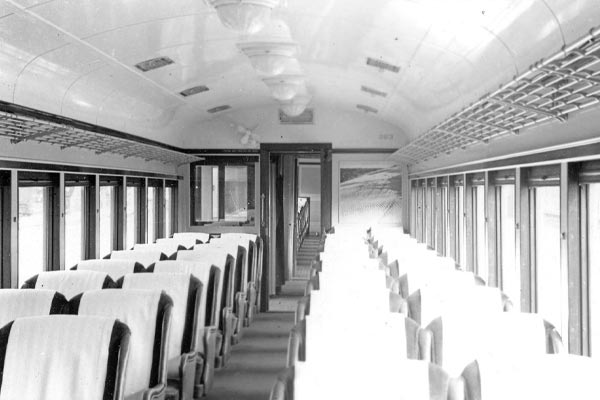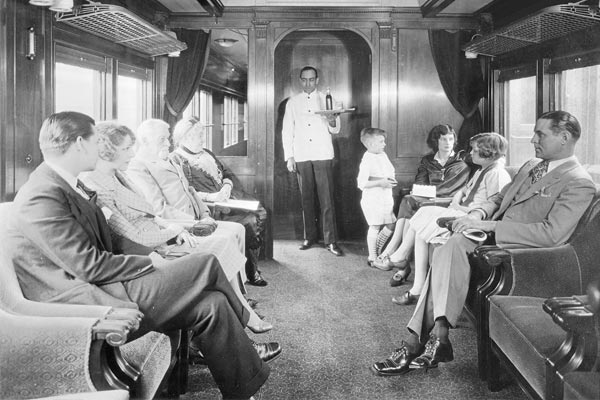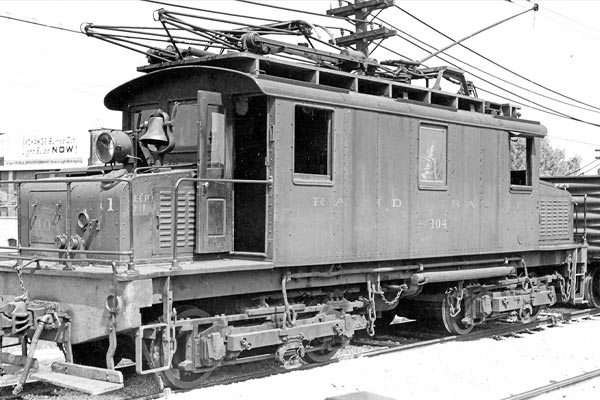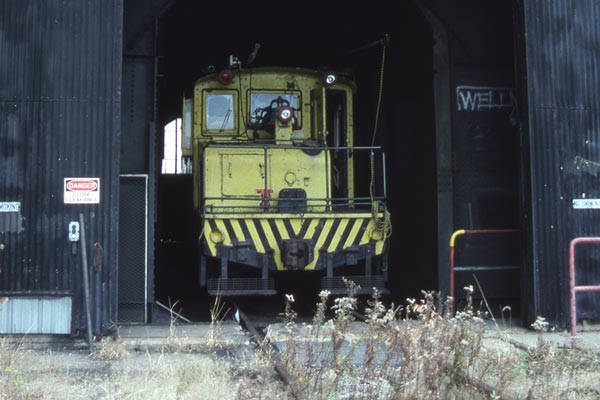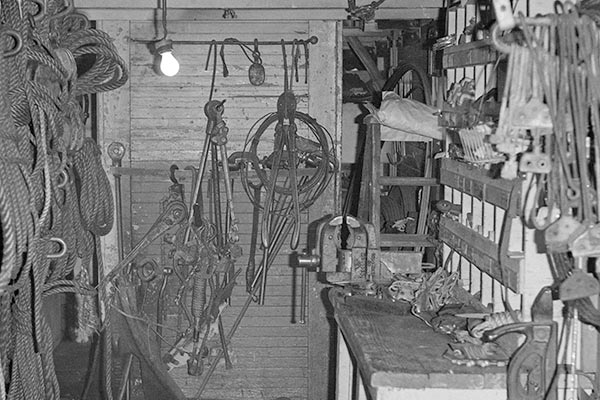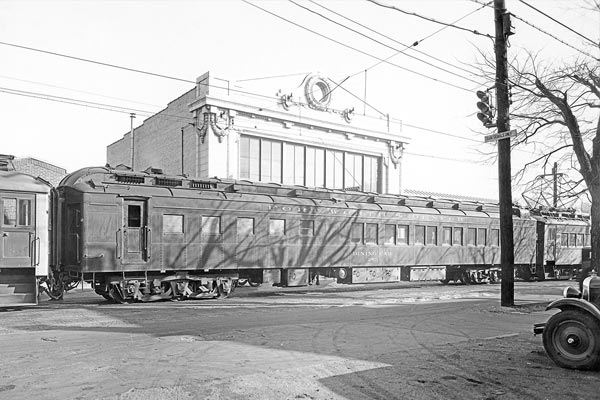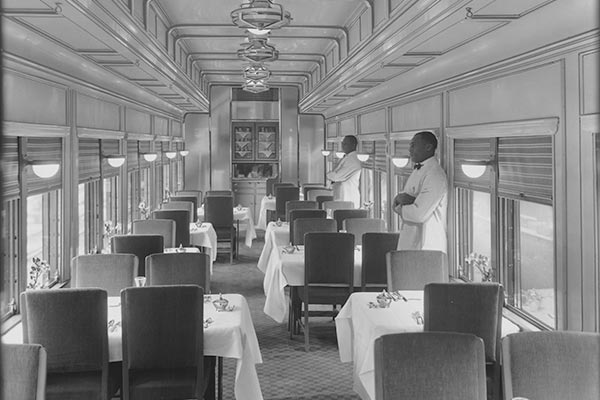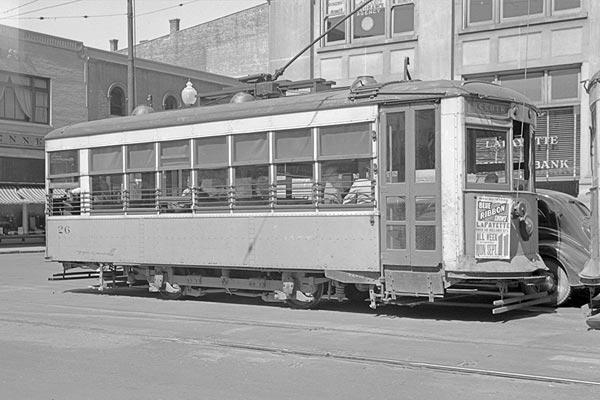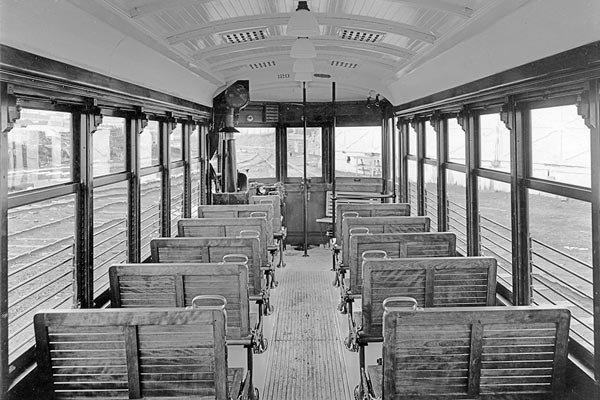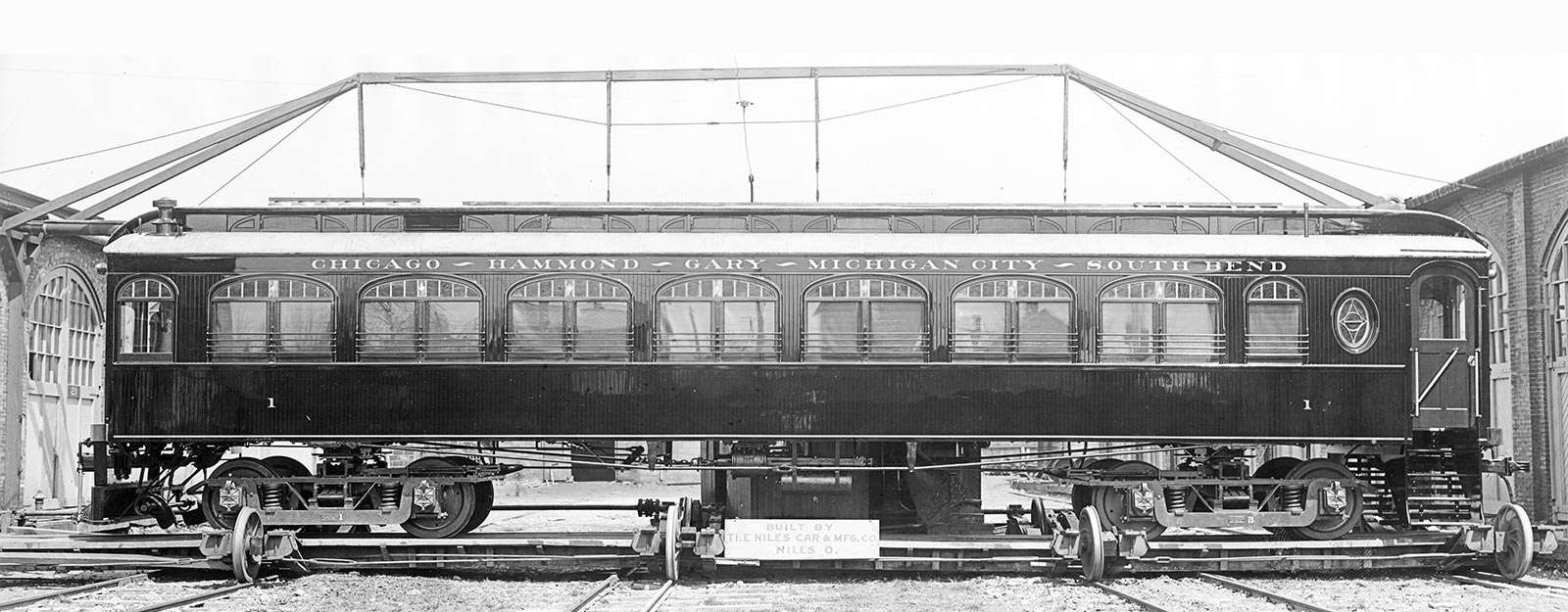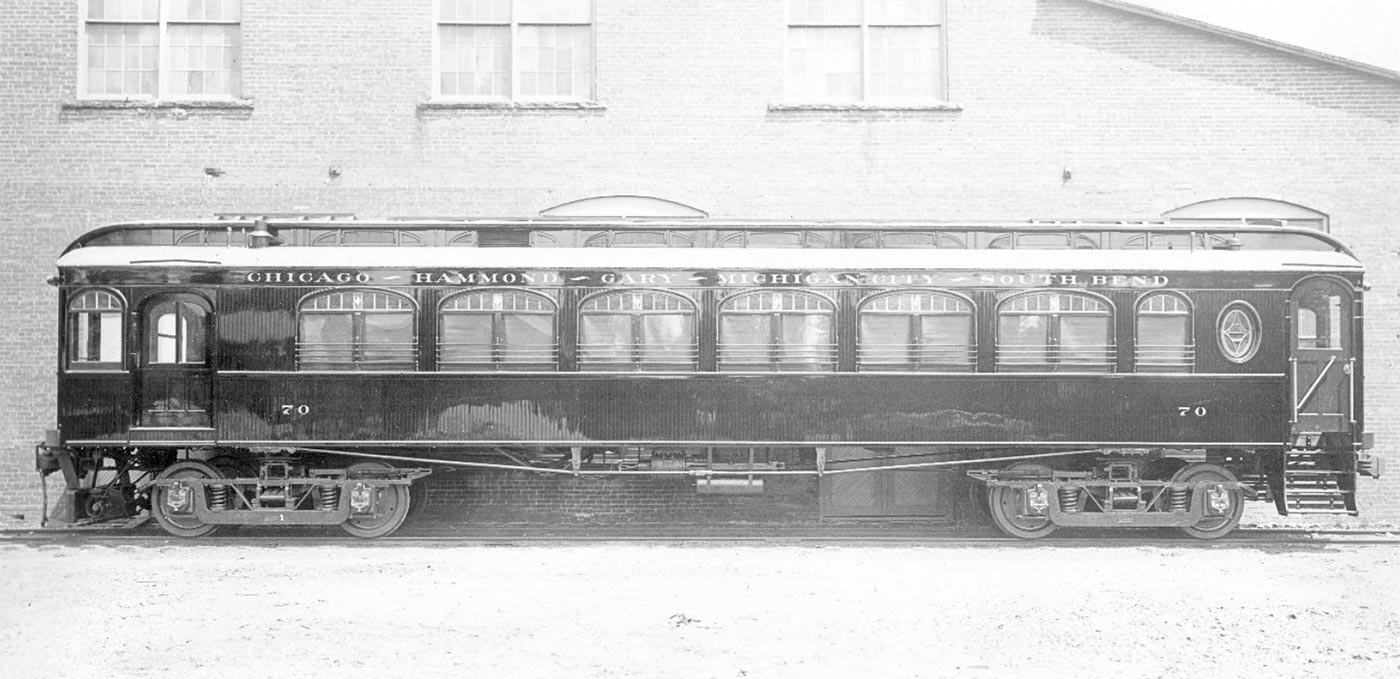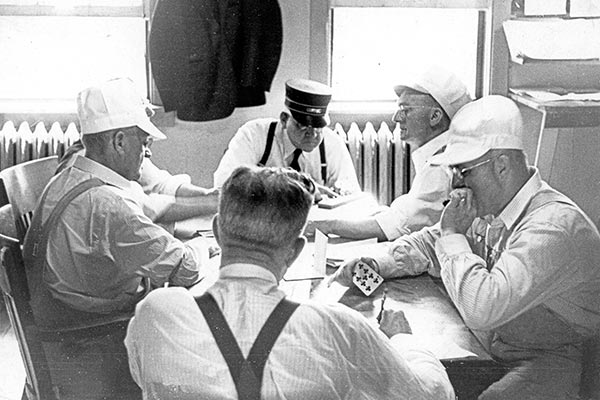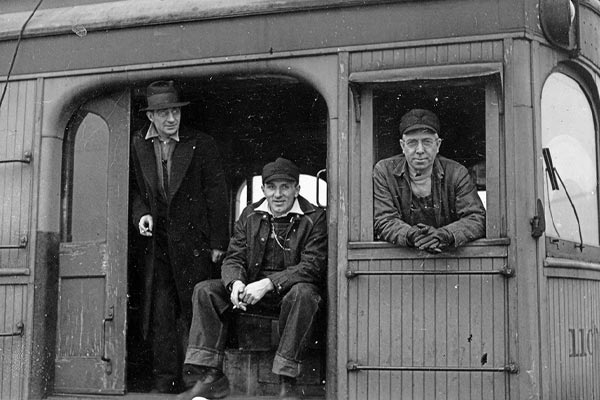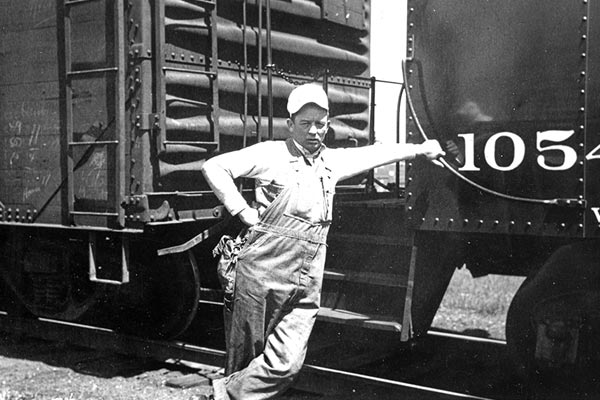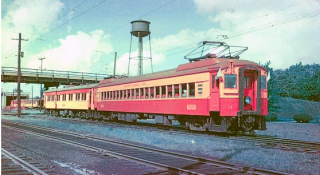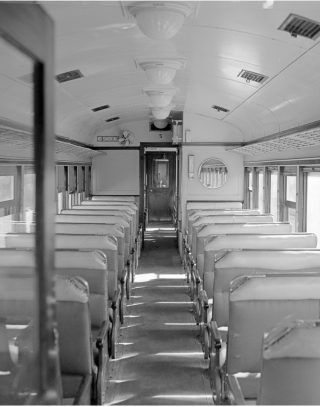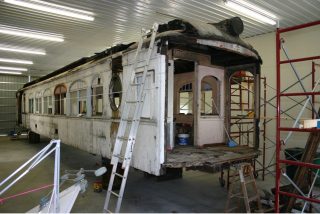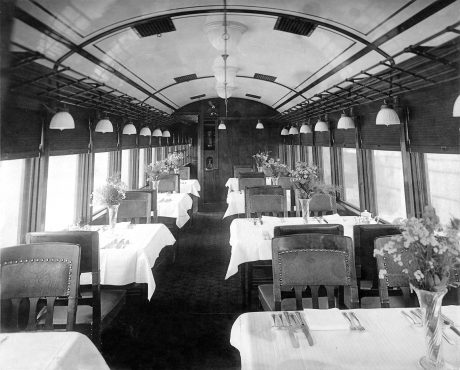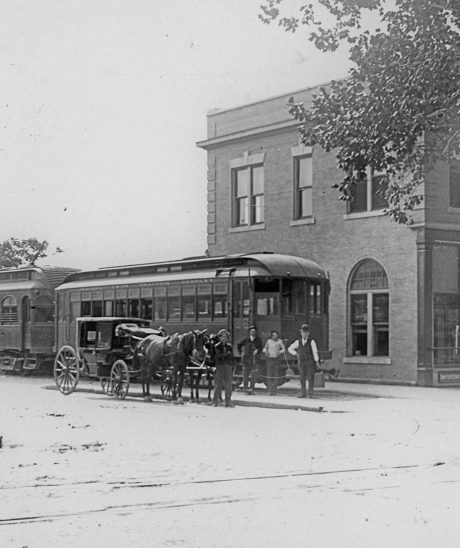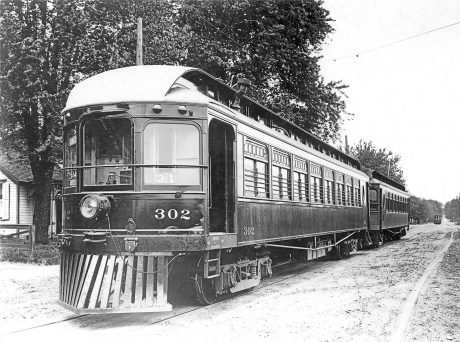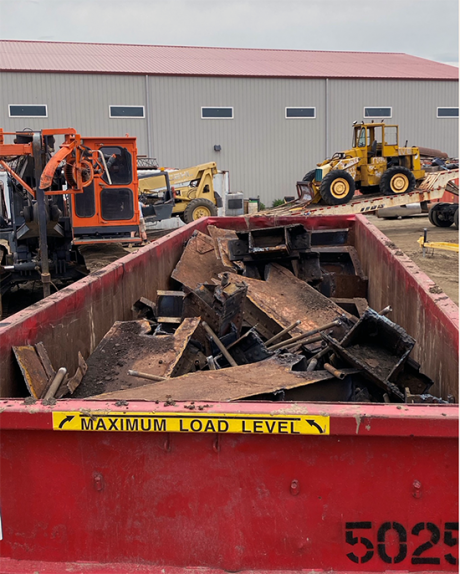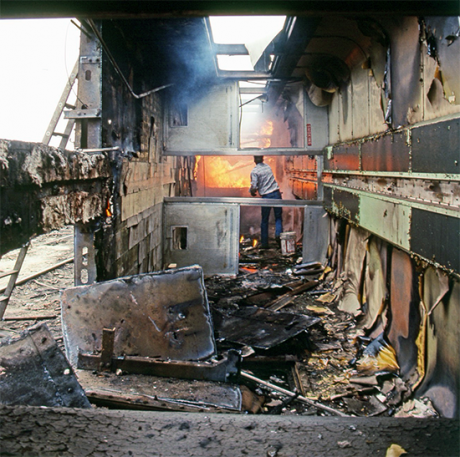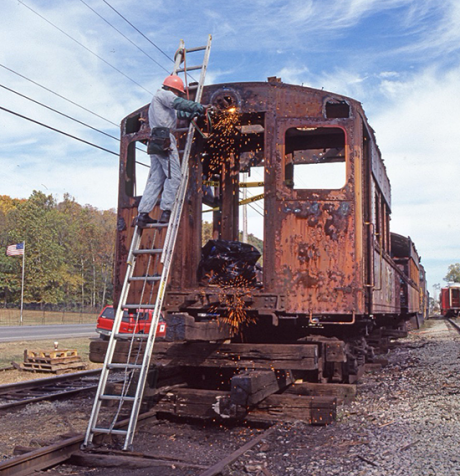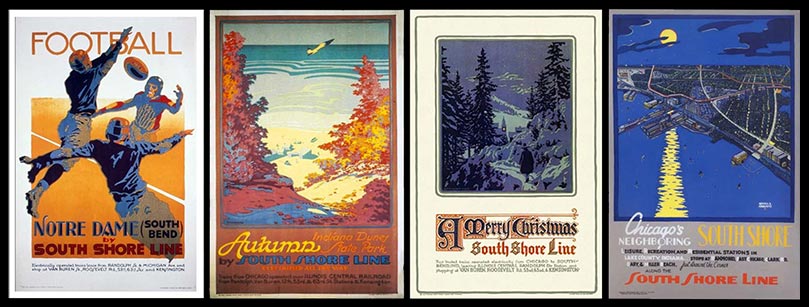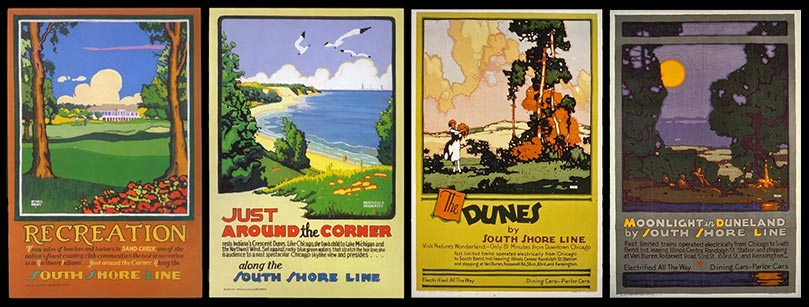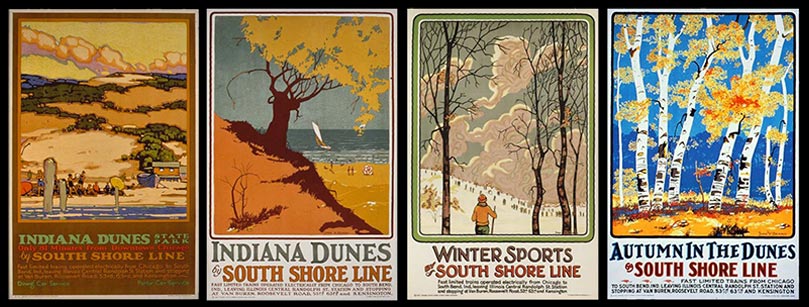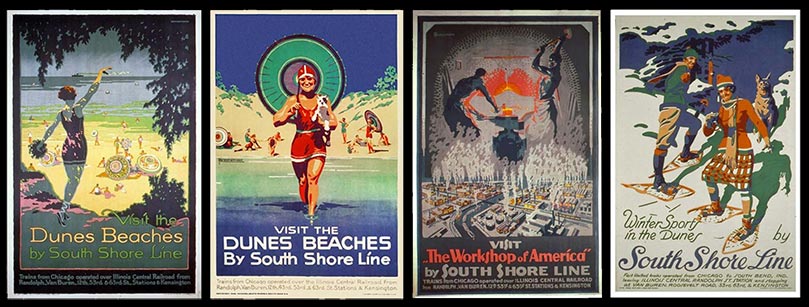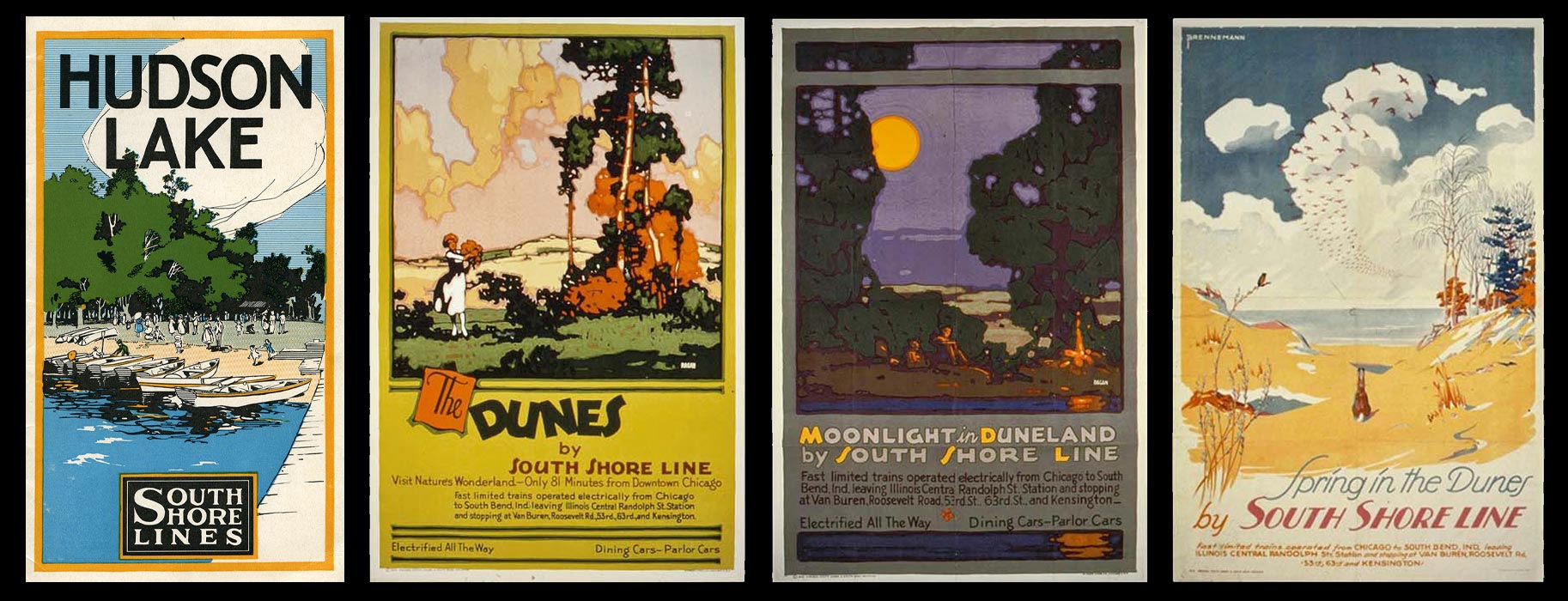Welcome to the
SOUTH SHORE LINE
MUSEUM PROJECT
The South Shore Line Museum Project (SSLMP) is an Indiana nonprofit corporation, and exempt under federal Internal Revenue Code section 501(c)(3), engaged in a long-term collaborative effort to explore the many ways that the Chicago, South Shore & South Bend Railroad and its associated companies helped shape Northwest Indiana over the past 125 years. It brings together the work of many institutions, government entities, and individuals to create a lasting record.
Welcome to the
SOUTH SHORE LINE
MUSEUM PROJECT
The South Shore Line Museum Project (SSLMP) is a long-term collaborative effort to explore the many ways that the Chicago, South Shore & South Bend Railroad and its associated companies helped shape Northwest Indiana over the past 125 years. It brings together the work of many institutions, government entities, and individuals to create a lasting record.
Welcome to the
SOUTH SHORE LINE
MUSEUM PROJECT
The South Shore Line Museum Project (SSLMP) is a long-term collaborative effort to explore the many ways that the Chicago, South Shore & South Bend Railroad and its associated companies helped shape Northwest Indiana over the past 125 years. It brings together the work of many institutions, government entities, and individuals to create a lasting record.
Ride with us back to The Roaring ‘20s – that time of flapper girls, bathtub gin, and that technological marvel – fast electric interurban railways. Women could vote, men wore raccoon coats, and everyone who could, rode the electric interurbans to work, shopping, and recreation. But the Jazz Age had its dark side in America with the rise of the KKK and Northern Jim Crow segregation laws. All of these stories and more are found on this website and the future museum of the South Shore Line Museum Project.
The aim of the SSLMP is to gather in one place (and ultimately under one roof) the essential stories, histories, documents, media and actual railway equipment and cars that helped make the Chicago, South Shore & South Bend Railroad the greatest interurban of its time.
Ride with us back to The Roaring ‘20s – that time of flapper girls, bathtub gin, and that technological marvel – fast electric interurban railways. Women could vote, men wore raccoon coats, and everyone who could, rode the electric interurbans to work, shopping, and recreation. But the Jazz Age had its dark side in America with the rise of the KKK and Northern Jim Crow segregation laws. All of these stories and more are found on this website and the future museum of the South Shore Line Museum Project.
The aim of the SSLMP is to gather in one place (and ultimately under one roof) the essential stories, histories, documents, media and actual railway equipment and cars that helped make the Chicago, South Shore & South Bend Railroad the greatest interurban of its time.
JOIN OUR ADVENTURE
Sign up for our mailing list.
JOIN OUR ADVENTURE
Sign up for our mailing list.
ABOUT US
ABOUT US
OUR MISSION
As a preservation institution, the South Shore Line Museum Project conserves the tangible heritage of the railroad: equipment, parts and supplies, archives, and infrastructure. As a cultural resource, it documents and interprets how the South Shore Line was a product of, and then helped shaped, the social, cultural, economic, and lived lives of the region it served. As an educational resource, it is committed to its role as a place of learning at all grade levels and in conventional and unconventional settings.
The South Shore Line Museum is not a conventional railroad museum. We strive to find new ways for visitors and participants to use the railroad to open conversations with the past and the many ways they gain meaningful insight and understanding. The project will be thematically similar to the Cable Cars of San Francisco and the St. Charles Streetcars in New Orleans.


OUR VISION
Railroads in general and the South Shore Line Railroad in particular, do not create tangible goods. They move people and things from one place to another—one of the most fleeting and ephemeral activities known to man. Transportation cannot be banked, stored, or recycled.
It is, however, essential to modern life and progress, and the comfort and prosperity that has defined America for the last two centuries.
It is vital, alive, and relatable. The South Shore Line transported people to different places through changing times. (over the course of century) The South Shore Line Museum likewise strives to transport people to different places, times, and realities. The SSLMP invites them to experience the journey through a variety of means and in in ways they find most rewarding and meaningful. The SSLMP’s primary objective is to create new memories, rekindle old ones, make connections and to provide opportunities to engage (with) the history of the South Shore Line in ways that might prove most enlightening and useful.
The SSLMP does so using original South Shore Line equipment, authentic railroad experiences and environments in addition to newer technologies like virtual reality, simulation and every tool available to contemporary museum practice.
Our vision is to use the South Shore Line railroad as a portal for the exploration of history, technology, culture, and the evolution of life in Northwest Indiana.
OUR TEAM
MARK PETRAKIS
DirectorMARK PETRAKIS
After a 20 year theater career in New York, Chicago, Los Angeles, Seattle and the Bay Area, Petrakis ultimately succumbed to the promise of interactive media in the late 1980s.
His first set of websites in 1994, “SF TeleCircus,” featured the first web presence for arts groups like the Residents, Burning Man and other notable Bay Area arts organizations. 27 years later, his most recent web development project is this one.
Along the way, he worked at the Institute for the Future for 10 years producing client conferences, tours and directing research presenters.
As a user experience (UX) designer, he worked as a consultant to a variety of large corps and orgs, including Ameritech, Apple Computer, Electric Minds, Ariba, the U.N.’s World Heritage Organization, the Robert Wood Johnson Foundation, The Jewish Museum of Philadelphia, the California Endowment, TechTV and The Disney Corporation.
He rode the SSL many many times to go visit his parents and is happy to be on board its virtual reincarnation.
DAVID REARICK
DirectorDAVID REARICK
Dave Rearick began sailing at age 12 on the family Sunfish along the southern shores of Lake Michigan.
Decades of sailing culminated years later on October 2, 2013, when Dave departed from Newport, Rhode Island on a single-handed sailing circumnavigation of the globe, aboard the Class40 racer, Bodacious Dream. He returned to Newport Harbor on June 14, 2014, with stories to tell. Those stories and much more are contained in his exciting biography “Spirit of a Dream.”
Dave is a true competitor and has won many races, awards and held records including the single-handed Mackinac race from Chicago to Mackinac Island, as well as the Solo Super Mac – a single-handed race from Pt. Huron, Michigan, to Chicago.
He is also a committed educator passionately devoted to introducing young people to the ways of the seas and of sailing.
Dave grew up very near to the SSL and hopes the SSSLMP will provide another great learning experience for adventurous minds.
JOHN HANKEY
DirectorJOHN HANKEY
John Hankey is an independent scholar, curator, historian and railroader. A native of Baltimore, he served the B&O Railroad in a variety of capacities including company historian, locomotive engineer and Curator of the B&O Railroad Museum. He holds a BS from the John Hopkins University, an MA as a Hagley Fellow at the University of Delaware and did further graduate study at the University of Chicago. He retains current qualifications as a locomotive engineer and conductor, and is an adjunct professor in the University of Nebraska-Omaha Department of History.
Hankey also is curator of the Western Maryland Scenic Railroad, a major heritage and economic development railroad operation in Maryland. He is a frequent contributor to Trains Magazine and other publications. Hankey currently serves as a consultant to railroads, railroad museums and historic preservation projects throughout the United States.
JAMES W. LILLY
DirectorJAMES W. LILLY
James W. “Jim” Lilly has 30+ years of experience in rail heritage excursion operations and passenger rail car restoration, preservation, and maintenance. He is a project manager and currently the Chief Mechanical Officer of the National Railway Historical Society, Washington, D.C. Chapter, Inc. He leads the operation and maintenance of the Amtrak qualified 1923 sleeper-lounge-buffet Pullman Dover Harbor. He also manages two 1949 Budd built coaches, the Franklin Inn and the Collinsville Inn which he helped save from the scrapper’s torch and then later led their restoration and return to main line rails. He is the author of several articles on railroad history and a book, has appeared in several professionally produced videos including “Pullman: America’s Hotel on Wheels”, created several rail heritage related web sites, and consulted on several rail history-oriented projects including one for the National Geographic Society. Jim holds a Bachelor’s Degree from Clemson University and Master’s Degrees from Johns Hopkins University and the National Defense University.
SOUTH SHORE LINE RR HISTORY
SOUTH SHORE LINE RR HISTORY
TIMELINE
The Chicago, South Shore, and South Bend Railroad was one of America’s earliest electric interurban railroads and has endured for well over a hundred years connecting Chicago with a string of cities and towns across Northern Indiana.
The earliest predecessors of the South Shore Line were among the earliest attempts to construct an electric interurban railroad from Toledo, Ohio, to Chicago, Illinois. From its earliest beginning over 120 years ago, the western leg of the South Shore Line’s founders’ vision has endured
Today, the South Shore Line continues to operate for 90 miles from Chicago through the strength of the industrial heartland, the beauty of the Indiana dunescape, and across the rugged glacial moraine country to South Bend, Indiana. The South Shore Line Museum collection of large artifacts shall focus primarily on the period from the origins of the South Shore Line in 1900 until the end of the Insull-era in 1932. Our storytelling shall not end in 1932 though, but will cover the entire South Shore Line story up to and including the present.
Interurban electric railways were an idea ahead of their time. In the early 20th Century, America’s urban centers were growing at breakneck speed. One of the new electrical technologies that ordinary Americans benefited from was a network of fast, frequent, clean, electrically powered trains. Building electric railways to interconnect cities with small towns improved access, accelerating the growth of business and commerce.
In effect, the growth of electric interurban railroads both piloted and presaged a series of dramatic shifts in American’s expectations as to mobility, access, and economic development.
Interurbans were a disruptive technology. But they were quickly overtaken by an even more radical and disruptive technology, and one that even better suited the American character: The Automobile.
SOUTH SHORE LINE: ORIGINS & HISTORY
The Chicago, South Shore, and South Bend Railroad was one of America’s earliest electric interurban railroads and has endured for well over a hundred years connecting Chicago with a string of cities and towns across Northern Indiana.
Corruption, Racism & World Leadership:
The Men of the Chicago, South Shore and South Bend Railroad
Corruption, Racism & World Leadership:
The Men of the Chicago, South Shore and South Bend Railroad
This book is dedicated to Robert Winkler for doing more to save the South Shore Line than he will ever understand, and to Lisa Gardner Harris for understanding the value of preserving the fine woodwork that rode the railroads.
PART ONE
PART TWO
PART THREE
HERITAGE RESOURCES
The assets of the South Shore Line Museum Project represent 45 years of collecting the rolling stock, physical plant, and corporate ephemera of the South Shore Line. Here is just part of this feast of transportation history.
Collected Rolling Stock and Physical Plant Assets
- Twelve railcars (one wood combination coach-baggage car; six steel coach cars; one dining car; one parlor-observation-buffet car; one Birney streetcar; one electric locomotive; one service car)
- 10,000 sq ft of warehouse space stocked from floor to ceiling with capital spare parts
- Two miles of track materials including seventeen turnouts
- Ten miles of overhead trolley wire hardware
- The Penn-Wabash bridge (174’ Pratt pin-connected truss)
- Ten miles of three-color light block signals
The collected rolling stock is representative of the operations of the South Shore Line and its predecessor, The Chicago, Lake Shore and South Bend Railway (South Shore Lines) in the period 1908 through 1932. The only remaining rail car from the opening of the railway in 1908 survived the coming of the Model T Ford, two world wars, the Great Depression, and the unrest of the 1960s. It is currently in a restoration shop in Illinois.
Collected Archival Assets
- 82 art posters from the Insull Group companies
- Passengers Use Light at Night – documentary motion picture aired on PBS
- 10,000+ images of Insull Group railways
- 500+ electric railway brochures & timetables
- 1,500+ electric railway annual reports
- 100 Full-Year Bound Volumes of Industry Journals (Electric Railway Journal; Street Railway Journal; Electric Traction Weekly)
- Company AFEs
- Company track maps & property records
- Company equipment ledger books
- 1,000+ linen drawings and blueprints of rail car equipment and facilities
- Library of 500+ books
PRESERVATION, CONSERVATION AND RESTORATION
Railroads in general and the South Shore Line Railroad in particular, do not create tangible goods. They move people and things from one place to another—one of the most fleeting and ephemeral activities known to man. Transportation cannot be banked, stored, or recycled.
It is, however, essential to modern life and progress, and the comfort and prosperity that has defined America for the last two centuries.
It is vital, alive, and engaging. The South Shore Line transported people to different places through changing times. (over the course of century) The South Shore Line Museum likewise strives to transport people to different places, times, and realities. It invites them to experience the journey in through a variety of means and in whatever ways they find most rewarding and meaningful. Its primary objective is to create new memories, rekindle old ones, make connections, and to provide opportunities to engage (with) the South Shore Line in ways that might prove most enlightening and useful.
It does so using original South Shore Line equipment, authentic railroad experiences and environments in addition to newer technologies like virtual reality, simulation and every tool available to contemporary museum practice.
Our vision is to use the South Shore Line railroad as a portal for the exploration of history, technology, culture, and the evolution of life in Northwest Indiana.
Tap/click and drag the arrow handles left or right to reveal paired images below.
THE SSLM PROJECT
THE SSLM PROJECT
GOALS / STRATEGIC ISSUES
As a Cultural Resource institution, the South Shore Line Museum Project (SSLMP) explicitly recognizes three primary areas of responsibility: Heritage Preservation, Research and Stewardship, and Interpretation and Presentation.
Heritage Preservation
The SSLMP is a collections-holding institution and clearly understands its opportunities and obligations to collect, protect, and preserve both tangible and intangible South Shore Line heritage. It does so according to the standards and practices of professionally managed history museums and historic preservation. It adheres to the standards and guidance set forth by the U.S. Secretary of the Interior’s Standards for the Treatment of Historic Properties and related guidelines published by the National Park Service.
Research and Stewardship
As a Cultural Resource Management institution, SSLMP embraces the best current scholarship in a variety of fields. History of Technology, History of Science, Business and Economic History are examples. Other fields include Conservation and Restoration, methods of exhibit and presentation, and in general those fields that support the goals of the SSLMP.
The South Shore Line Museum Project recognizes its role as one of the primary stewards of the South Shore Line’s history and understands its responsibility to preserve artifacts, data, practices, understandings, and any salient aspect of its heritage. SSLMP especially embraces the need to remain flexible and open to stewardship opportunities that may open up in the future.
Interpretation, Presentation, and Education
One of the SSLMP’s most important missions is to understand South Shore Line history and heritage in a variety of contexts, interpret that history and heritage in ways that a variety of audiences would find interesting and useful, and to use the most effective presentation methods available.
Both Interpretation and Presentation will be different for different audiences. SSLMP does not embrace the traditional “Authoritative” or “Expert Status” approach of conventional museums and cultural resource management entities. Instead, it will invite audiences (ranging from school groups to families seeking a pleasant engagement with regional history) to explore the rich and complex topics in ways they find personally rewarding.
Educational opportunities—ranging from the conventional to the innovative—will be a primary objective of the SSLMP. The real function of an institution like this is not to gather and preserve “old stuff” or to present a “standard” (and often stale and one-sided) version of history, but to offer insights into the many pasts and bring into conversation whatever lessons and values might be useful going forward.
CLS/CSS Roster & Betterments Ledger
Chicago & Indiana Air Line Railway, The Chicago, Lake Shore and South Bend Railway Chicago, South Shore and South Bend Railroad Complete Roster and Betterments Ledger: 1903-1984
Linked below is a downloadable Excel spreadsheet of collected data on the cars of South Shore Line. The collected data is a complete roster of South Shore Line railway and highway equipment from the railway’s first operations under the corporate title Chicago & Indiana Air Line Railway in 1903 until the sale of its successor company by the CSX Corporation in 1984. The roster is color-coded by eras and car types. The listings for each equipment group includes the betterments made to each individual piece of equipment and their retirements.
The source for the material was the South Shore Line AFE book and equipment ledger. The AFE book was complete through 1947; the equipment ledger was complete through the end of CSX Corporation ownership. The AFE book and equipment ledger were purchased through a consignee of railroadiana located in the Midwest who was not associated with the Chicago, South Shore and South Bend Railroad or any other affiliated company.
There is no other claim as to the accuracy of the data; it is presented here for the entertainment of those folks who find the minutiae of railroad equipment fascinating. Those who find errors that they wish to see corrected should contact the webmaster for this site, but be prepared to bring evidence sufficient to justify the corrections that they seek.
PROPOSED VISITOR EXPERIENCE
The South Shore Line Museum Project is a continuing effort to bring a substantial cultural heritage tourism project to Northern Indiana.
The initial phase of the South Shore Line Museum comprises FOUR PRIMARY COMPONENTS:
BLOG
BLOG
South Shore Line’s Different Colors
This is a quick blog intended to help those in [...]
Gone 40 Years
In three weeks, the folks who mourn the loss [...]
501(c)(3) Non-Profit Tax Deductible Status is Ours!
We’re Exempt! We are excited [...]
PARTICIPATE
PARTICIPATE
The South Shore Line Museum Project (SSLMP) is an opportunity to add a major cultural heritage attraction to the Midwestern region that extends from the cityscape of Chicago eastward through Dunes country to Michiana.
We are an Indiana nonprofit corporation, and exempt under federal Internal Revenue Code section 501(c)(3), engaged in fundraising to add to our interpretive materials and promotional tools – to convert our wealth of resources into a world-class repository of assets for institutional organizations and private citizens. Secondly, we will seek to expand our physical footprint in our many communities.
If you can, please join us in this effort to preserve the story of electric interurban railroading in Northeastern Illinois and Northern Indiana. For over a century, the Chicago, South Shore & South Bend Railroad has served the communities along its route, including those folks who traveled daily to Chicago for work, shopping, and entertainment, as well as those who cheered on Notre Dame’s Fighting Irish in South Bend, those who toiled in the factories of the Calumet Region, and the many who recreated in the beauty of the Indiana Dunes. Help us keep their stories alive!

